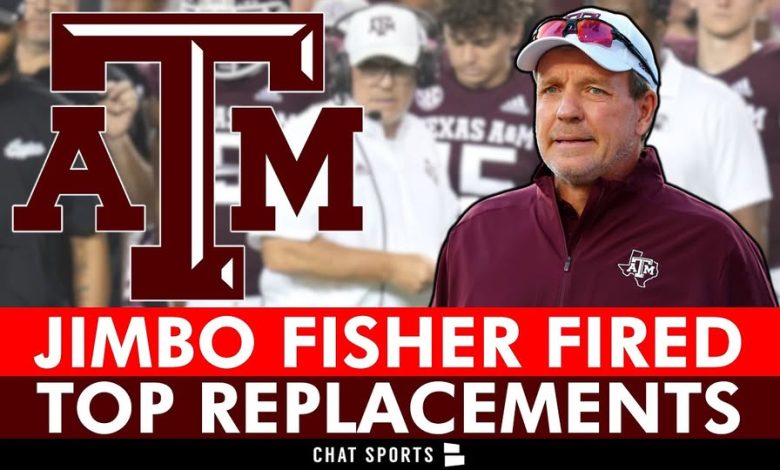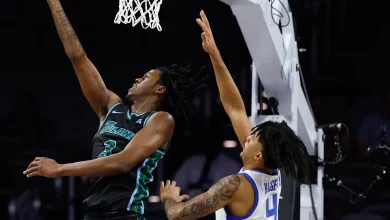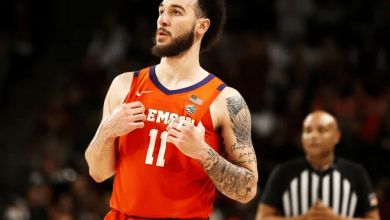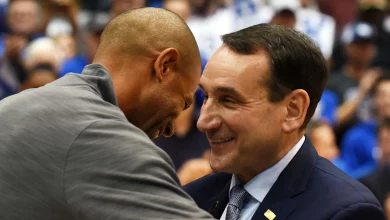The Texas A\&M Aggies’ 12th Man Foundation is experiencing a decline in revenue due to the buyout of Jimbo Fisher.

The Texas A\&M Aggies’ 12th Man Foundation is experiencing a decline in revenue due to the buyout of Jimbo Fisher.
The Texas A&M Aggies’ 12th Man Foundation, a pivotal organization responsible for fundraising, supporting athletic programs, and fostering community engagement, is currently facing significant financial challenges as a result of the Jimbo Fisher buyout. This situation underscores the broader economic and strategic implications of coaching staff changes in college athletics, particularly when dealing with high-profile coaching contracts and buyouts that can have ripple effects across various facets of a university’s athletic department. To fully understand the impact of Fisher’s buyout on the 12th Man Foundation, it is essential to explore the background of the foundation, the circumstances surrounding Fisher’s contract, the financial implications of the buyout, and the subsequent effects on fundraising and athletic support.
The 12th Man Foundation has long been a cornerstone of Texas A&M Athletics, playing a crucial role in funding stadium improvements, scholarship programs, and various athletic initiatives. Its success is heavily reliant on donations from alumni, fans, and corporate sponsors, which provide the financial backbone necessary for the university’s athletic competitiveness. The foundation’s ability to generate revenue is closely tied to the success and stability of the football program, which is often the flagship sport contributing significantly to the foundation’s income streams.
Jimbo Fisher’s tenure as the head football coach at Texas A&M, beginning in 2018, was marked by high expectations, significant investment, and a lucrative contract designed to elevate the program’s national standing. However, after several seasons that did not meet the lofty expectations, the university’s administration decided to part ways with Fisher, leading to a substantial buyout of his remaining contract obligations. Such buyouts are common in college sports when a coaching change is made, especially at programs with high-profile coaches commanding multimillion-dollar contracts. The financial commitment to buy out Fisher’s contract was sizable, reportedly in the tens of millions of dollars, and this expenditure directly impacted the university’s athletic budget and financial planning.
The immediate consequence of the buyout was a notable reduction in the revenue streams that support the 12th Man Foundation. Several factors contribute to this decline. First, the buyout’s financial burden strained the university’s resources, leading to a reassessment of athletic spending and fundraising priorities. In some cases, large buyouts can divert funds that would otherwise be allocated toward development projects, scholarships, or facility improvements. Additionally, the uncertainty surrounding the football program’s future performance may have dampened donor enthusiasm, as alumni and fans become more cautious about their contributions amid coaching instability.
Furthermore, the coaching change can impact the overall perception of the program’s stability and competitiveness, which are critical factors in donor confidence and engagement. If the football team struggles in subsequent seasons or if there is perceived mismanagement, potential and current donors might become hesitant to contribute, fearing that their donations may not be used effectively or that the program’s trajectory is uncertain. This can lead to a decrease in annual giving, affecting the foundation’s ability to fund future projects or maintain existing commitments.
The financial strain from the Fisher buyout also has implications for the foundation’s long-term strategic plans. Fundraising campaigns that were in progress or planned for the near future might need to be reevaluated or scaled back. Events, sponsorships, and donor engagement initiatives could see reduced participation or sponsorship levels, further compounding the revenue shortfall. The foundation’s leadership must now navigate this period of financial adjustment, balancing immediate needs with long-term sustainability.
In response to these challenges, the 12th Man Foundation has likely undertaken several strategies to mitigate the revenue decline. These may include intensifying donor outreach efforts, offering new engagement opportunities, and emphasizing the university’s broader athletic success beyond football. The foundation might also explore new revenue streams, such as enhanced premium seating, digital fundraising campaigns, or partnerships with local businesses. Additionally, the foundation may prioritize transparency with donors, communicating the reasons for financial adjustments and emphasizing the university’s commitment to rebuilding and future success.
The situation also raises broader questions about the financial risks associated with high-stakes coaching contracts in college sports. While successful coaches can elevate a program’s profile and generate increased revenue through ticket sales, merchandise, and media rights, the financial exposure from buyouts can be substantial and disruptive. Schools must carefully weigh the potential benefits of lucrative coaching deals against the financial risks of termination clauses, especially in unpredictable performance environments.
Moreover, the impact on the 12th Man Foundation highlights the interconnectedness of athletic success, financial stability, and community support. Donors are often motivated by a sense of pride, tradition, and confidence in the program’s leadership. When that confidence is shaken by coaching changes or financial setbacks, it can lead to a ripple effect, weakening the foundation’s ability to sustain and grow its initiatives. This underscores the importance of strategic planning, communication, and relationship-building in maintaining donor loyalty during times of transition.
Looking ahead, the foundation’s recovery from this revenue dip will depend on several factors. The hiring of a new head coach who can restore competitive success and program stability will be crucial. Success on the field tends to bolster fundraising efforts, as fans and donors rally around a winning team. Additionally, transparent communication about the financial situation and future plans can help rebuild trust and enthusiasm among supporters. The foundation might also explore innovative ways to engage younger alumni and fans, ensuring a diverse and sustainable donor base.
In conclusion, the Texas A&M Aggies’ 12th Man Foundation is facing a significant revenue decline stemming from the Jimbo Fisher buyout, illustrating the financial complexities associated with coaching contracts in college athletics. This situation impacts not only immediate financial stability but also long-term planning, donor engagement, and the overall health of the athletic programs. While challenges lie ahead, strategic efforts focused on rebuilding confidence, enhancing engagement, and ensuring athletic success will be critical for the foundation’s recovery and future growth. As college sports continue to evolve with increasing financial stakes, the lessons learned from this scenario will serve as valuable insights for athletic departments nationwide, emphasizing the importance of prudent financial planning and robust community support in sustaining athletic excellence.









